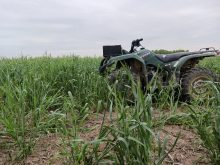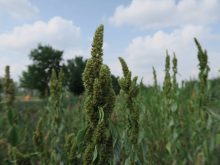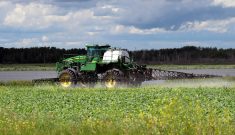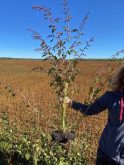Weather conditions last fall, coupled with a wet spring, have created higher than normal weed pressure across Ontario, according to agronomists.
“There’s a lot of people that planned to spray fields that couldn’t get to it in the fall or planned to work fields that couldn’t get to it and the weeds grew, and they went to seed and we’re going to deal with that,” says Johanna Lindeboom, sales agronomist with Clark Agri Service.
“As we’re heading into spring, it’s not warming up quite as quickly as we might expect. Anything that is already established we should expect to see weeds and it feels like we are probably going to have higher pressures than what we’ve seen last year.”
Read Also
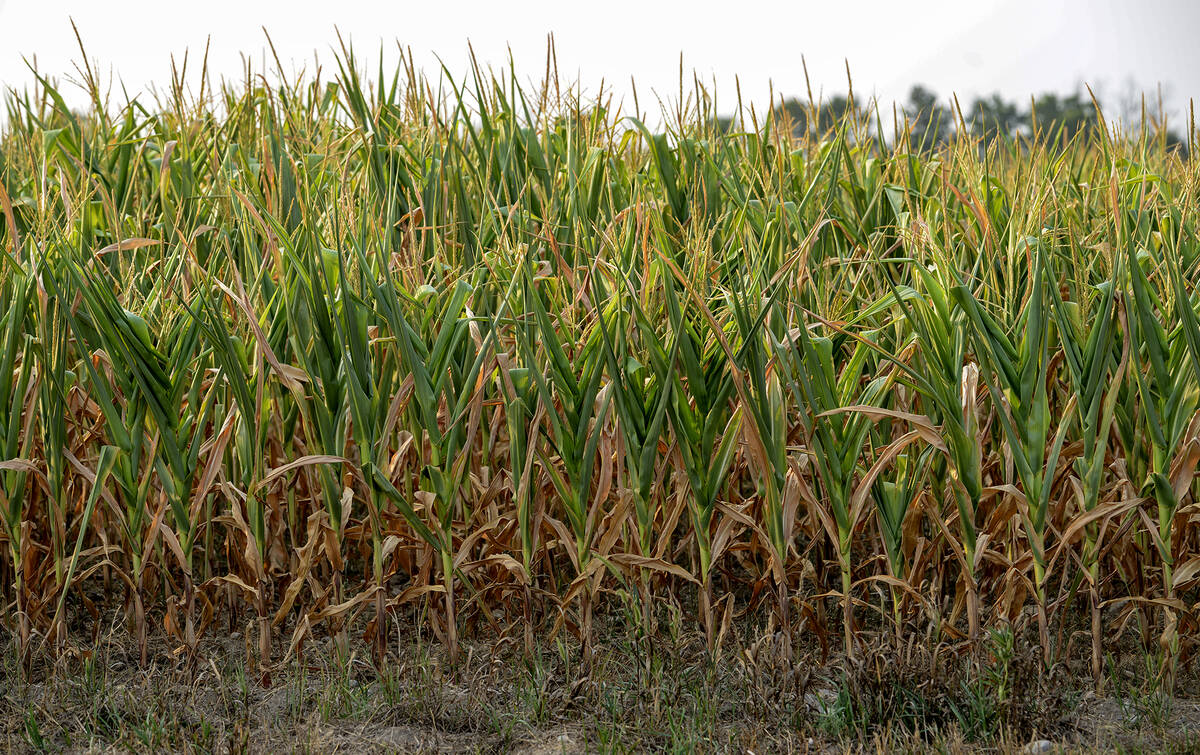
Extreme variability marks Ontario’s 2025 corn crop
The yield potential of Ontario’s 2025 corn crop was lost in some areas due to extreme dry conditions.
Why it matters: High weed pressures in field crops lower yield potential for growers.
A late first frost in fall 2021 allowed many weed species to survive, causing concerns heading into winter.
“We had a mild fall. Our first frost, especially in Haldimand-Niagara region, wasn’t until the last week of October,” says Lindeboom. “I watched the fleabane go to seed; I watched the perennials go to seed last fall. That’s more what I’m worried about, and that’s probably where we are going to get caught.”
Wet fall conditions made it difficult for growers to till or apply herbicide. A cold winter could have killed some weeds but in many areas snow cover insulated the annuals.
“It was pretty cold in January, February but by then you already had that snow cover insulating the ground, so any weeds that were there already, if they got established in the fall, they’re going to be a problem.”
Lindeboom says more ground than usual is being worked this spring, creating further issues for weed control.
“Usually working ground stirs up more weed seeds.”
High weed pressure can lower crop yields but there is less risk with well established wheat.
“Winter wheat is very competitive against weeds. Yield losses from competition have usually been less than five per cent,” says Mike Cowbrough, a weed management specialist with the Ontario Ministry of Agriculture, Food and Rural Affairs.
Wheat fields planted early in clean conditions are showing less weed pressure this spring because plants had time to tiller before the weeds germinated. However, fields left fallow for corn and soybean production have lots of weeds.
“Fall weed control is a huge component to getting a good start on that corn and soybean crop. With it having been so wet, there are a lot of people that planned to spray fields that couldn’t get to it in the fall or planned to work fields,” says Lindeboom.
Combined with the increase in corn and soybean acreage, weed pressure puts more stress on the herbicide market.
“That’s something growers can prepare for. Many have already started getting their pesticides, getting their orders in to make sure they have what they need. The grower who walks in June 1 expecting to get everything like they did last year, they might run into issues,” says Lindeboom.




